El mundo natural mexicano
El mundo natural mexicano
Aprendizaje esperado: explora un tema del mundo natural mexicano en materiales ilustrados.
Énfasis: explora imágenes y palabras relacionadas con un tema del mundo natural mexicano.
¿Qué vamos a aprender?
Aprenderás acerca del mundo natural mexicano.
| ¿Qué hacemos? Hello, girls and boys. Are you in your study place? |
¿Ya estás en tu lugar de estudio? |
| Are you ready to have fun learning new things in English? | ¿Estás lista y listo para divertirte aprendiendo nuevas cosas en inglés? |
| First, let me tell you something. We must take care of ourselves, let’s remember some recommendations that we already learned in a song. |
Primero, permítanme decirles algo. Debemos cuidarnos, recordemos algunas recomendaciones que aprendimos en una canción. |
- Video. Classroom signs.
(del minuto 03:23 al minuto 04:14)
| Today we are going to learn about the Mexican natural world. | Hoy vamos a aprender sobre el mundo natural mexicano. |
| Let’s look at this map. | Veamos este mapa. |

| This is the map of Mexico. | Este es el mapa de México. |
| What can you see in the map? | ¿Qué pueden ver en este mapa? |
| We can see words and images of pretty places in Mexico. | Podemos ver palabras e imágenes de lugares bonitos de México. |
| We can see the jungle, the forest, the desert, and the sea. | Podemos ver el bosque, la selva, el desierto y el mar. |
| Repeat after me: | Repitan después de mí: selva, bosque, desierto y océano. |
| Jungle. | Selva. |
| Forest. | Bosque. |
| Desert. | Desierto. |
| and sea. | Y el mar. |
| Sing this song with me to learn the names of the ecosystems of Mexico. | Canten conmigo esta canción para que se aprendan los nombres de los ecosistemas de México. |
- Canción. Sea, jungle, forest.
| Look at the different places where animals live. | Observen los diferentes lugares donde viven los animales. |
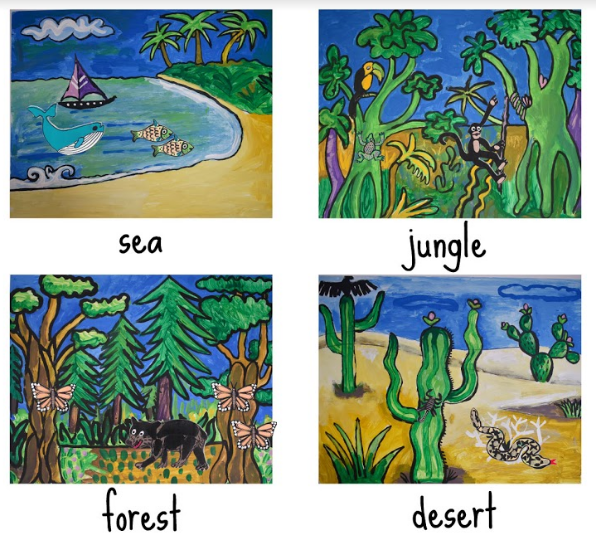 |
|
| In each place, there are different kind of animals. | En cada lugar existen diferentes tipos de animales. |
| Let’s look at the animals that live in each place or habitat. | Veamos los animales que viven en cada lugar o hábitat. |
| Jungle: monkeys and frogs. | Selva: monos y ranas. |
| Forest: bears, butterflies. | Bosque: osos y mariposas. |
| Desert: scorpions, snakes. | Desierto: escorpiones y serpientes. |
| Sea: whale, fish. | Mar: ballenas y pescados. |
| Look at this image of the forest. | Observen esta imagen del bosque. |
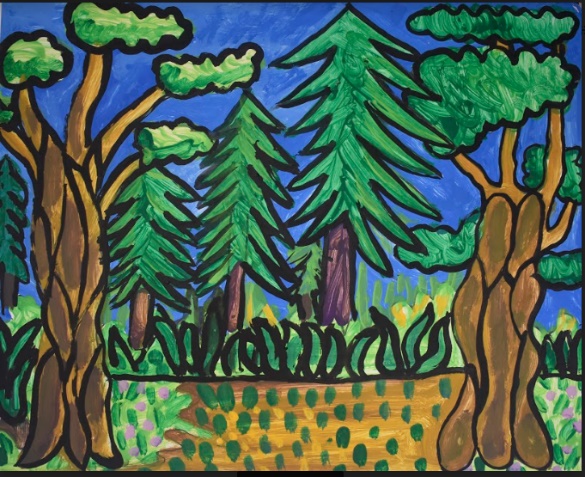
| We have already learned some names of animals that live in the forest. | Ya hemos aprendido los nombres de algunos animales que viven en el bosque. |
| Which animals do you remember? | ¿Qué animales recuerdas? |
| I remember the bears. | Los osos. |
| From the story of Goldilocks and the three bears. | Del cuento de Ricitos de Oro y los tres osos. |
| Also, from the Jungle, we have learned the names of some animals. | Además, de la selva hemos aprendido los nombres de algunos animales. |
| Monkeys, from the song “five little monkeys”. | Changos, de la canción de los 5 changuitos. |
| Would you like to learn some more? | ¿Te gustaría aprender más? |
| Let´s look at these illustrations of some animals. | Observemos ilustraciones de algunos animales. |
| Scorpion | Escorpión |
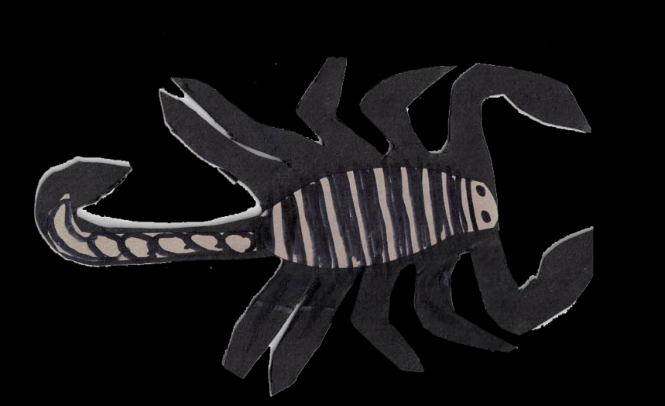
| Snake | Serpiente |
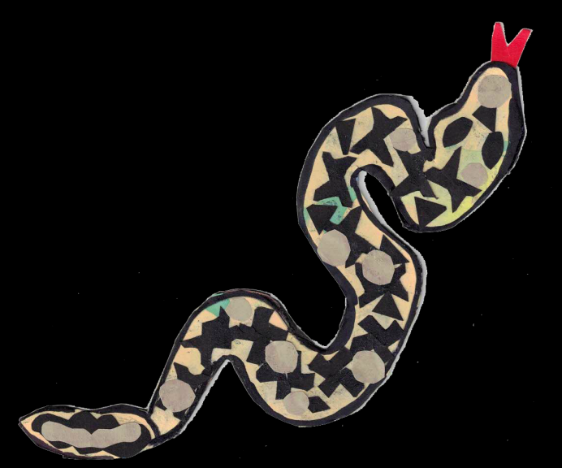
| Butterfly | Mariposa |
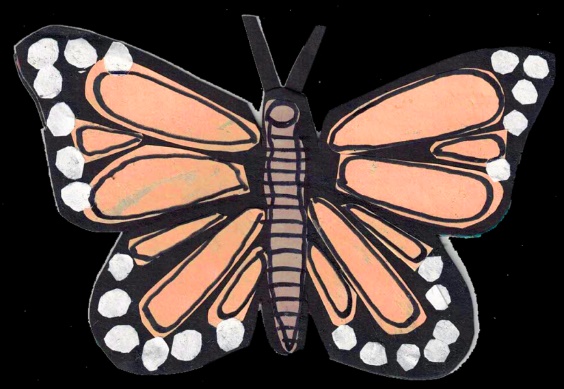
| Frog | Rana |
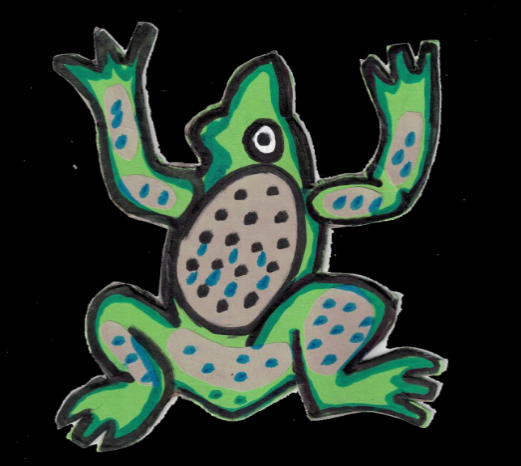
| Whale | Ballena |
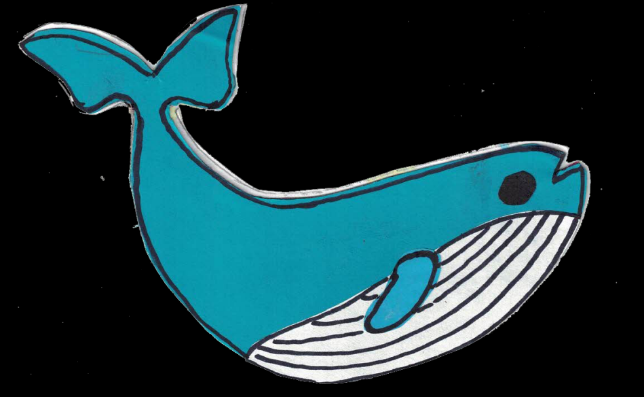
| Monkey | Chango |

| Bear | Oso |

| Fish | Pez |
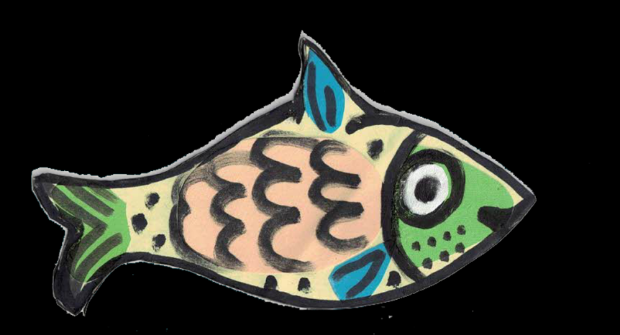
| Now your learned some new animals. | Ahora has aprendido algunos animales nuevos. |
| Now let´s watch a video to get to know where these animals live. | Ahora veamos un video para saber dónde viven estos animales. |
- Video. The Mexican natural world.
(del minuto 15:36 al minuto 17:52)
https://youtu.be/Rd9SPUQfGWI
Now that you know where animals live, help me match animals to the habitats they live in. Ahora que saben dónde viven los animales, ayúdenme a relacionar los animales con el hábitat en el que viven. We will pick the animals one by one and decide what habitat they belong to. Tomaremos los animales uno por uno y decidiremos a qué hábitat pertenecen. En tu cuaderno escribe los animales que acabas de aprender y dibuja el hábitat en el que viven, puedes dibujarlos basándote en los habitas como se muestran a continuación, o puedes dibujarlos como a ti te gusten.
Desert
Forest.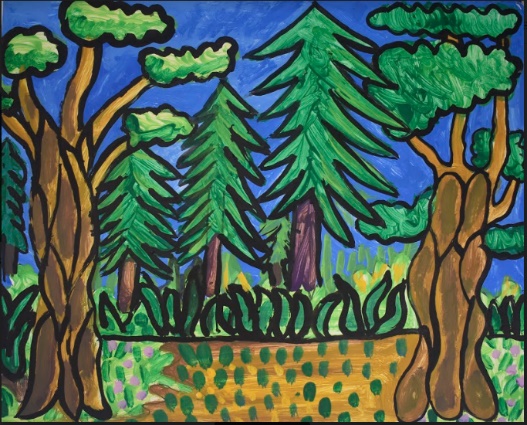
Jungle.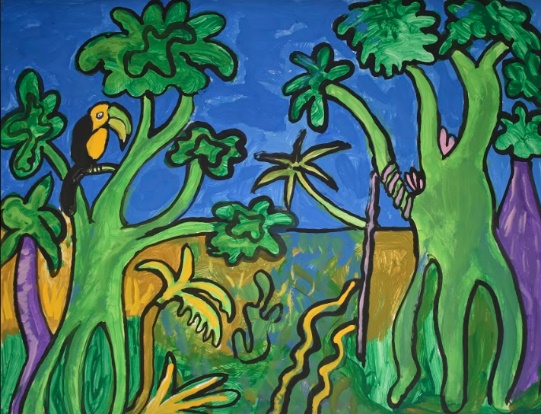
Sea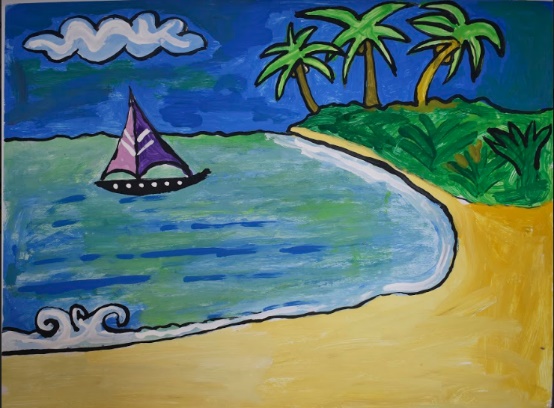
Now, let us review through this song the habitats where the animals live. Ahora repasemos los hábitats donde viven los animales a través de esta canción. - Video. Sea jungle forest desert song.
(del minuto 22:09 al minuto 23:16)
| Now, let’s play a memory game. I will invite teacher. You will invite your mom or dad to play with you. | Ahora vamos a jugar un juego de memoria. Invitaras a tu mamá o papá para que juegue contigo. |
Con la ayuda de tu mamá o papá recorta con cuidado las tarjetas del memorama.
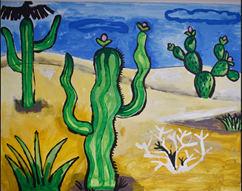 |
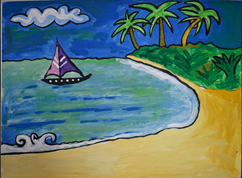 |
 |
 |
| You are going to help him to select two cards. | Ustedes le van a ayudar a seleccionar dos tarjetas. |
| The cards are mixed up and laid in rows, face down on the table. | Las tarjetas están revueltas en filas y volteadas en la mesa. |
| He has to find the animals and the place where those animals live. | Tienes que encontrar los animales y los lugares donde viven. |
| Great! I love this game. | ¡Genial! Me encanta este juego. |
Jugarán algunos turnos el juego de memorama y traducirás los animales y hábitats conforme se vayan mencionando.
| Draw the map of Mexico. Draw an animal and the place where it lives. | Dibuja el mapa de México. Dibuja un animal y el lugar donde vive. |
| I don’t know so many things about animals, but, I can draw some of the animals that live in my city. | No sé mucho de animales, pero puedo poner animales que viven en la misma ciudad que yo. |
| What animals would those be? | ¿Qué animales serían? |
| Maybe rats, cats, dogs, some types of spiders. | Tal vez ratas, gatos, perros, algunos tipos de arañas. |
| Let me show you a drawing of a student. | Permítanme mostrarles un dibujo de una alumna. |
| Mía drew some butterflies in central Mexico. | Mía dibujó unas mariposas en el centro de México. |

| The class is over. | La clase terminó. |
| Thank you for joining us! | Gracias por acompañarnos. |
| It’s been a pleasure to learn together. | Ha sido un placer aprender juntos. |
| Remember to share your map with your teacher and family. | Recuerden compartir su mapa con su familia y amigos. |
See you soon. Nos vemos pronto.
Si te es posible consulta otros libros y comenta el tema de hoy con tu familia.
¡Buen trabajo!
Gracias por tu esfuerzo.
Este material es elaborado por la Secretaría de Educación Pública y actualizado por la Subsecretaría de Educación Básica, a través de la Estrategia Aprende en Casa.